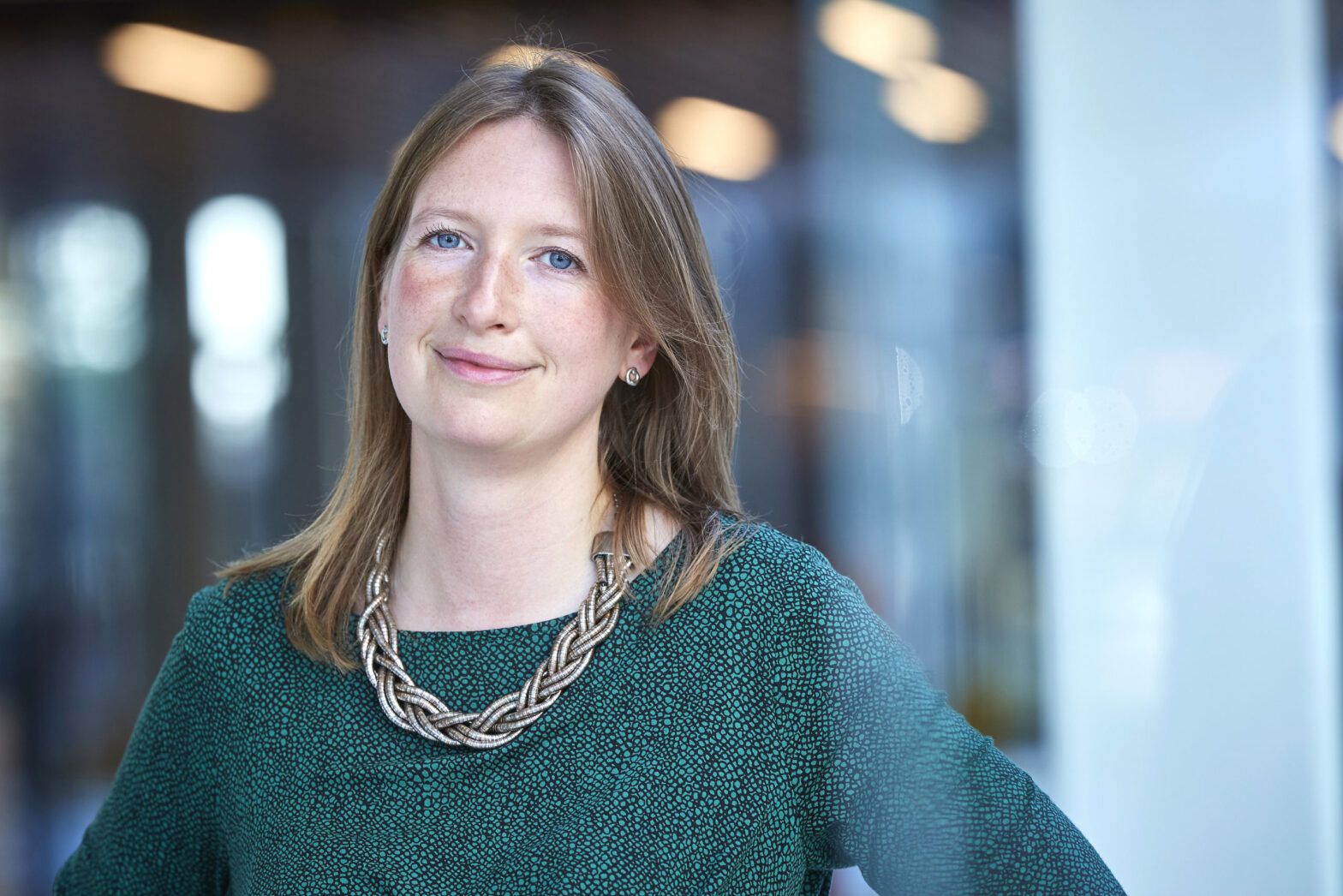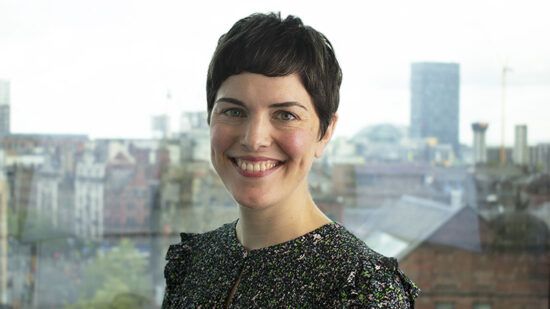Investor initiative Climate Action 100+ (CA100+) is consulting on how its Net-Zero Company Benchmark can be improved following criticism the world’s biggest corporate greenhouse gas (GHG) emitters it is engaging with are not decarbonising quickly enough.
CA100+ said it is consulting with stakeholders based on a set of proposals, and will release an enhanced version of the benchmark in 2023.
Earlier this year, the CA100+ was criticised by campaign organisation ShareAction following a March update of its Net Zero benchmark, which found that no progress across key corporate indicators such as disclosure of 1.5°C-aligned medium-term emissions targets and capex strategies.
A few months later, ShareAction said CA100+ had achieved little in its five years of existence, lacked transparency and was not using its influence – some $68trn of assets – to drive down emissions. It called for asset managers within the CA100+ group to be more transparent and instil clear reporting on engagement objectives, outcomes and escalation activities – or risk greenwashing.
The latest assessment of companies in the Net Zero Benchmark has again showed limited progress. Despite 82% of the 166 focus companies committing to being aligned with a 1.5°C pathway, only 20% have set medium-term targets sufficient to get there. Just 10% have the short-term targets needed to meet the longer-term decarbonisation goal.
Similarly, only (51%) of focus companies were found to have commitments for net zero by 2050 or sooner that cover all material GHG emissions, including material Scope 3 emissions.
Although improved since the last benchmark round in March, CA100+ found alignment of capex strategies with their GHG targets or the Paris Agreement was in place for just 10% of focus companies.
Carbon Tracker Initiative data showed there was no progress in the number of companies with a coal phase-out plan consistent with limiting global warming to below 2°C. Eight out of 32 electric utility focus companies met this criteria.
The percentage of companies committing to net-zero emissions by 2050, however, has increased from 69% in March to 75% this month.
The number of companies with some level of board oversight on climate and those either supporting TCFD principles or using climate scenario planning has increased marginally in the six months – from 90% to 92% and from 89% to 91%, respectively.
‘Failure of stewardship’
ShareAction again said CA100+ was not going far enough; CEO Catherine Howarth said the $68trn initiative with more than 700 investors responsible has the “reach and scale to drive climate action where it counts: among the world’s highest emitting corporate entities” but expressed disappointment at the lack of progress.
“This latest picture from their own powerful benchmarking exercise shows that, at the close of CA100+’s initial five-year phase, its target emitters are not remotely decarbonising at the pace needed to avert severe climate damage,” she said.
“This failure of stewardship risks significant losses to investment portfolios and economies. Signatories to CA100+ have failed so far to manage climate risks in line with their fiduciary duty of prudent behaviour.”
Howarth went on to say if the next phase of CA100+ is to be successful it needs to “raise the bar for signatories, for example by ensuring they have robust engagement plans in place.”
In a statement, CA100+ acknowledged the lack of progress on decarbonisation strategies and said: “While mindful of current external factors, including the short-term energy security crisis, investors consider the development of corporate decarbonisation strategies a key priority.”
It said it is consulting on how its Net-Zero Company Benchmark to enhance criteria as it admitted “assessments against the disclosure framework are not always sufficiently up to date to meet engagement needs”.
It has proposed revisions for all 10 indicators in its disclosure framework except the first one around ambition to reach net zero by 2050 or sooner and the 10th one on Task Force on Climate-related Financial Disclosures.
The group has also proposed two options for changing the cycle for company assessments.
First, following the current model of benchmark assessment updates but with an annual publication in September/October as CA100+ said this timeframe has been identified as the “most optimal point at which to publish annual company assessment updates”.
The advantage of this approach, it said, is that all focus companies are assessed simultaneously, providing signatories with a single point of comparability each year and enabling them to clearly track progress.
Second, CA100+ is considering staggering company assessment updates throughout the year with a set number of companies assessed each month. “Given the need to retain the company feedback period to ensure methodological rigour, the delay between the company being put up for assessment and the assessment being published would be eight weeks. It is currently not possible to shorten the evaluation period as the company feedback period is a core and indispensable part of the Disclosure Framework assessment methodology,” CA100+ said.
Signatories, focus companies, and other stakeholders are being encouraged by the initiative to use the consultation to share their perspectives on the future of the benchmark.
The organisation will finalise the details in early 2023 and will then publish the first set of company assessments against this iteration in September/October 2023.
Nazmeera Moola, chief sustainability officer at Ninety One, said CA100+ progress may not be as fast as what is wanted “but it is a huge step forward from only a few years ago”.
“At the corporate level,” she said, “what we are seeing is the bulk of the companies covered by CA100+ are having serious conversations about their transition plans. The plans and actions to date remain insufficient at the aggregate level, but they are doing a whole lot more than they were three years ago.
“There are also clear success cases that show CA100+ companies that have moved a long way. For investors, the key is how we replicate that across all the companies covered, and how we can support delivery of credible transition plans by allocating capital to transition investments.”
Timing engagement
Meanwhile, today marks the first time the Net Zero Company Benchmark assessments are published in October instead of March. According to CA100+, changing the reporting cycle is to “improve alignment with corporate reporting and better support investor engagement with focus companies.”
Stephanie Maier (pictured), global head of sustainable and impact investment at GAM Investments and a member of the global CA100+ Steering Committee said the change in timing should be useful for investors’ engagement strategies.
“While the advances made on net-zero commitments during the first phase of Climate Action 100+ are significant and welcome, the interim Net Zero Company Benchmark ultimately shows that focus companies are still a long way from aligning with the goals of the Paris Agreement.
“The timely release of these results, will support investors, many of whom have made their own net-zero commitments, in their corporate engagement and escalation strategies in the run up to next year’s AGM season, where we expect continued focus on credible transition plans.”








